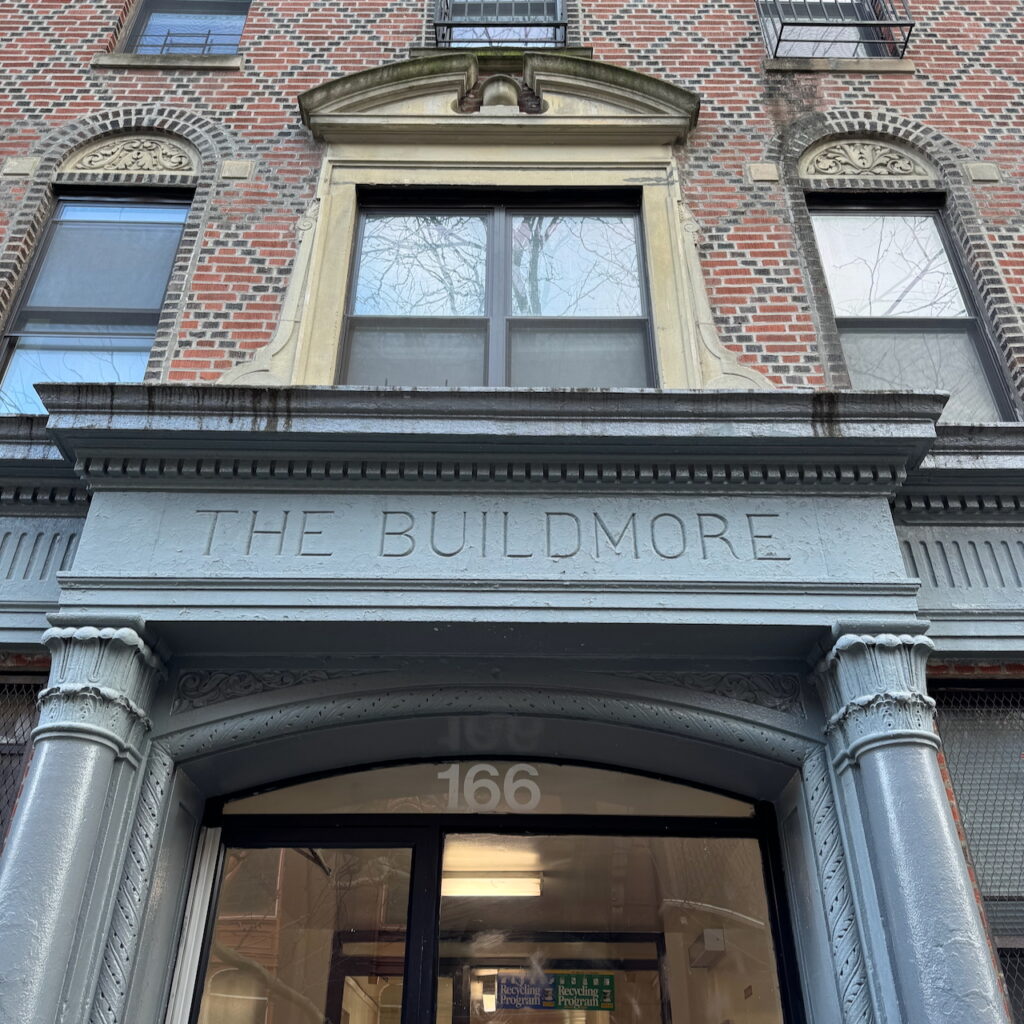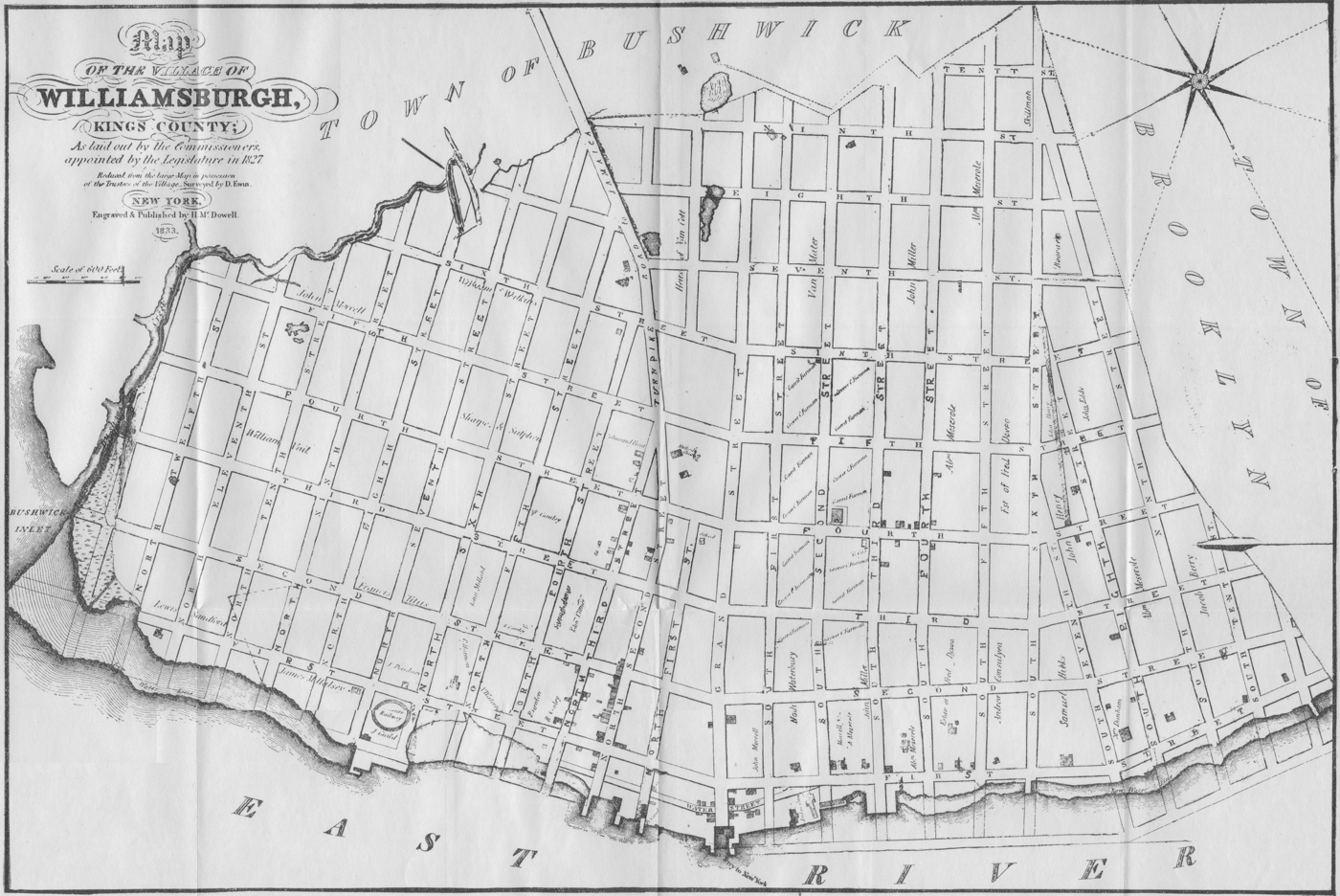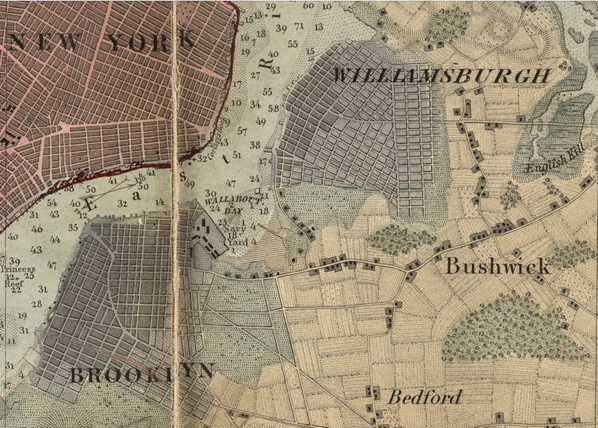How sad.
Billy Jones, Baby’s All Right Owner and New York Nightlife Fixture, Dies at 45
Parks Commissioner to Resign
Sue Donoghue, one of the Adams administration’s good hires, announced her upcoming resignation last night.
The Adams Administration Has Been Mismanaging Funds Meant For Local Newsrooms. Here’s What That Means For Greenpointers
I did not know that the Mayor’s Office of Ethnic & Community Media has an annual advertising spend of over $70 million. About half of that goes to 15 large media outlets, led by Meta and including Google, WABC and Univision. Greenpointers sees about $7,000 in advertising revenue from MOECM – a paltry sum compared to other non-local outlets, and it seems that comes with a quid pro quo attached (we wouldn’t expect anything less from this administration):
In a conversation with the former Executive Director José Bayona, [Greenpointers] received subtle pressure to publish weekly op-eds that MOECM sends to members of its directory. We expressed concern that not only do these not align with our hyperlocal ethos, but we feel that doing so would only make us a propaganda mouthpiece, damaging the credibility we have spent more than 15 years building in the community. Greenpointers‘ bottom line lies with the North Brooklyn area—not any specific politician or institution.
Hell Gate Is (Again) Growing (Again)
Rick Paulas, Greenpoint’s most famous author, walking tour leader and ghost hunter has (yet another) new gig.
NYPD Reports Historic Lows in Murders and Shootings for 2025, But Rape Reports on the Rise
A lot of good news on the crime front – not coincidentally coming on the heels of a competent technocrat taking over NYPD. Hopefully the Mayor (who also not coincidentally has been somewhat sidelined from meddling in police matters) doesn’t revert to meddling in police matters.
Randy Mastro named first deputy mayor after failed bid to be NYC’s top lawyer
Randy Mastro – who represents New Jersey in its suit against congestion pricing – is now the First Deputy Mayor of New York City, a place that has very much benefitted from congestion pricing.
In local news, Mastro has also represented Chevron, a company whose refusal to take responsibility for its legacy pollution at Bushwick Inlet is actively delaying progress on completing the park that the City promised 20 years ago.
And, as someone pointed out online, Mastro now has the honor of having served as First Deputy Mayor for two of the worst Mayors in NYC history.
It’s Official: Mayoral Candidate Adrienne Adams Decimated Outdoor Dining
“‘The idea of taking the street dining down every year, it was just a bad idea,’ said Rob Sanfiz, Executive Director of La Nacional… on 14th Street. ‘Inevitably what will happen is that the restaurants that can afford them will have them, and the smaller ones will have more struggle.'”
One of the bright spots out of the pandemic was rethinking how we use public space. The Adamses killed that – especially for small businesses.
Columbia University Must Choose Between Courage and Cowardice
Errol Louis in New York nails it with regard Columbia’s fecklessness in response to the government’s bullying. Hard to imagine Dwight Eisenhower (or Lee Bollinger or Michael Sovern) taking this all lying down.
YIMBYs Everywhere
Patriot Names
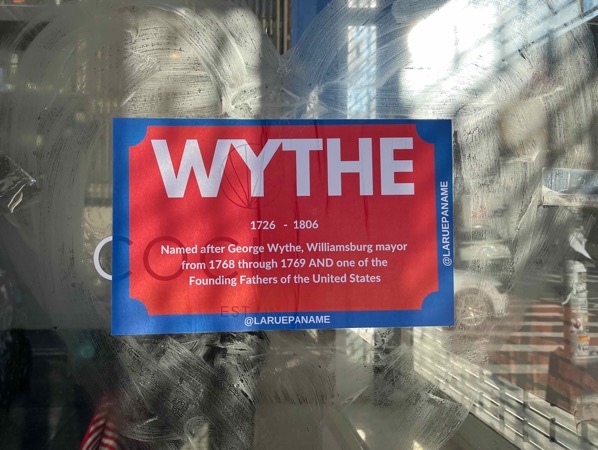
Love this guerrilla signage by @laruepaname, but George Wythe was mayor of Williamsburg, VIRGINIA in 1768-69. That he has street named for him in Williamsburg, Brooklyn is a complete coincidence.
Williamsburgh (with an h), New York did not exist until 1802, which was when Richard Woodhull had surveyor Jonathan Williams lay out a street grid on the Bushwick waterfront. By 1828, Williamsburgh was a village, occupying the area between Division Avenue and Bushwick Inlet. In 1855 the then City of Williamsburgh became part of the City of Brooklyn.
The area between Division Avenue/Broadway and Flushing Avenue – in what is now South Williamsburg/Broadway Triangle – was the hinterlands of the City of Brooklyn. Called East Brooklyn, it was not laid out with streets until the mid-1840s. The city chose to name the streets after American patriots, with East Brooklyn getting the signers of the Declaration of Independence.
(The area south of Flushing out to Broadway, now Bed-Stuy, got some Signers as well as heroes of the Revolution and War of 1812 for their street names – Lafayette, Greene, Kosciusko, Decatur, etc.)
One of those signers was George Wythe, a delegate from Virginia and, yes, once mayor of Williamsburg, Virginia (more than 40 years before Williamsburgh, NY even existed on paper). As originally laid out, Wythe Avenue ran from Flushing to Division Avenue. Other avenues named for Signers were Chase (now Kent), Lee and Harrison.
The cross streets in East Brooklyn were also named for Signers – Thornton, Whipple, Bartlett, Gerry, Paine (now Wallabout), Walton, Gwinnet (now Lorimer), Middleton, Lynch, Heyward, Rutledge, Penn, Hewes, Hooper, Keap (sic, McKean), Rodney, Ross, Wilson, Taylor, Clymer, Morton, Rush and Morris.
(Side note – You won’t find the name Keap on the Declaration of Independence. William McKean, though, was a signer. Someone in Brooklyn misread his signature as William M. Keap, and the rest is history. And to be fair, the penmanship is pretty bad.)
The Street names of East Brooklyn did not continue into Williamsburgh – the north/south streets there were numbered from First Street at the river to Twelfth Street to the east. When the two cities combined in 1855, there were efforts to get rid of duplicate street names and make connections between the avenues of East Brooklyn and those of the Eastern District.
But that unification of street names did not fully come to pass until 1886, when the numbered avenues of Williamsburg finally took on the names of the East Brooklyn Avenues. First Street became Kent Avenue, Second Street Wythe Avenue, Fourth Street Bedford Avenue, and Eighth Street Marcy Avenue.
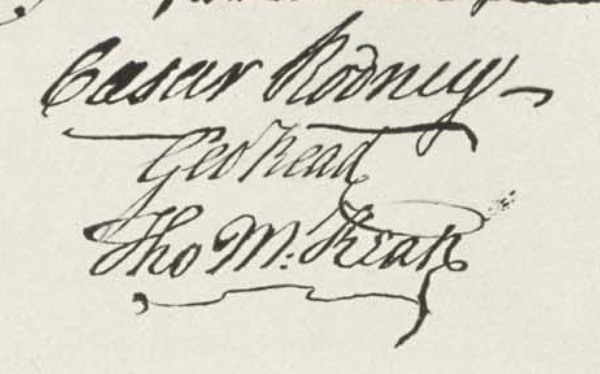
Because the grids of the two neighborhoods did not line up there is a jog or offset wherever a named avenue met a numbered street at Division Avenue. And because of the odd clashing of grids, other Williamsburgh north/south street took on the names of cross streets – so Ninth Street became Rodney Street, Tenth Street Keap Street, Eleventh Street Hooper Street and Twelfth Street Hewes Street.
The numbered streets in Williamsburg that dead-ended at Division Avenue took on the names of locals. Third Street and Fifth Street became Berry and Driggs, named for former Williamsburgh mayors; Sixth became Roebling (who had no Williamsburgh connections) and Seventh became Havemeyer (after the sugar family, one of whom was a mayor of Brooklyn).
So – while Berry and Driggs are named for mayors of Williamsburgh, George Wythe had no local connection. He was mayor of Williamsburg, Virginia 40 years before Williamsburgh, NY even existed. But Second Street in Williamsburgh, NY existed for 40+ before Wythe Avenue in Brooklyn ever came to be. And it was about 40 years after then that Wythe Avenue was extended into Williamsburg, Brooklyn.

